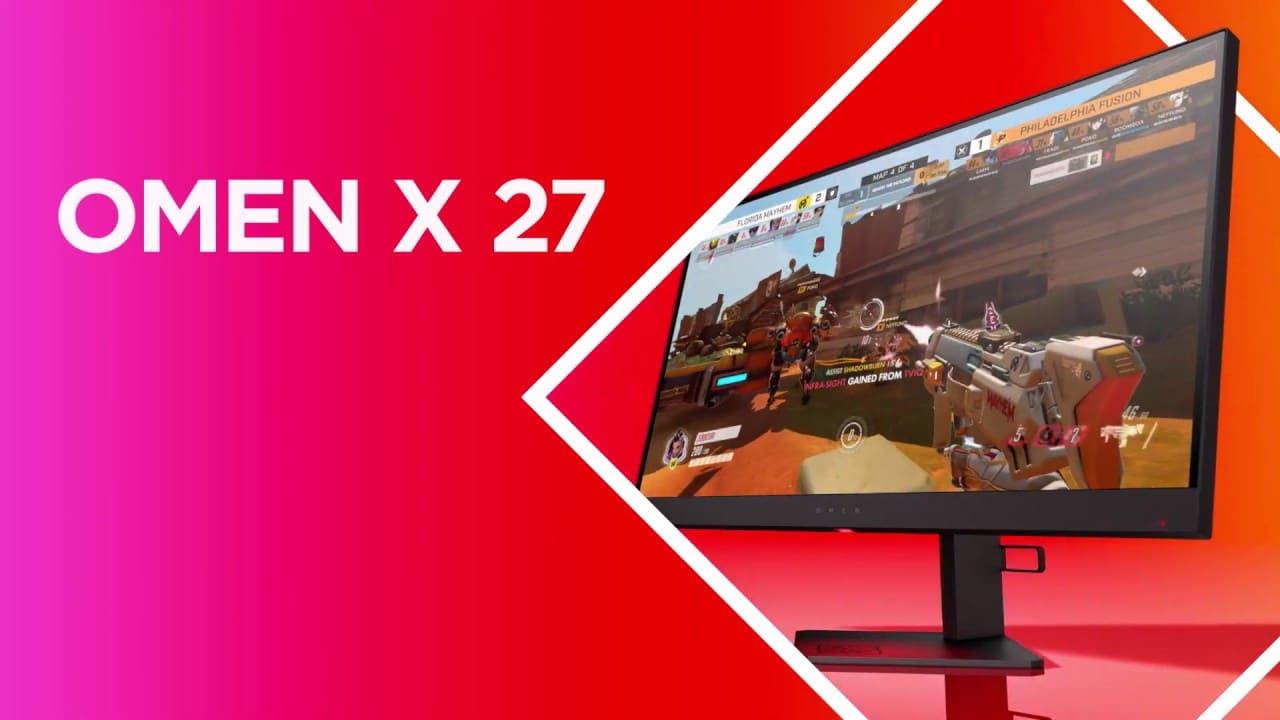Fastest Gaming Monitor: It won’t make yourself a surprise too much of one’s self that 1440p at 240Hz requires a TN panel. Nowadays, it is the truth to see some 1080p 240Hz panels using IPS and VA, but as 1080p 240Hz starts getting upgraded to higher technology, TN starts to hit 240Hz at higher resolutions. This truly a comeback for TN at 1440p, given the majority of 1440p gaming monitors. A couple of years have also been released either with IPS or VA panels at about 165Hz.
Explore here all available backpage alternatives.
Right here is the first HP gaming monitor we’ve ever reviewed, then it’s an explicit one through the use of an entirely new spec and milestone that recently hit the market. The HP Omen X 27 serves as a standard 1440p display (2560 x 1440). However, it pushes the refresh rate approximately 240Hz the first time. We’ve had 240Hz displayed on 1080p monitors for quite some time, but 1440p couldn’t come to the party into the super high refresh podium until recently using these modern panels.
Other key specs of a given HP Omen include its flat 27-inch screen size, 1ms rated response times, adaptive sync support with FreeSync 2 HDR along with a suggested retail price of $650. We’ve seen it as low as $500, but this $650 MSRP suggests this can be a premium product.

The foremost striking thing when you take the HP Omen X 27 out of the ordinary is its unique design. Most monitor companies follow the primary pronged metal stand along with a pillar, which happens to be functional and appears good much of the time. But HP has gone with distinctly their very own aesthetic, which includes a small rectangular stand pillar connected with a massive square metal base. I think this looks awesome.
Everything about the configuration and hardware includes premium quality. The stand is solely metal, the seams as elements transition from one particular thing to a new are tight and well built, plus the rear section regarding its triangular pattern looks fantastic no matter if it’s entirely plastic. In terms of materials go, this is undoubtedly among the best-built monitors I’ve seen.
While the layout is great, there have been some losses for functionality.
It withstands adjustability: you try to get subtle height adjustment, as well as the usual tilt capability, but as a result of the rectangular connection in the display, there are virtually no swiveling or pivoting capabilities. And that means you can’t utilize the monitor inside a portrait orientation.
The additional issue comes with the on-screen controls. Not only do we have a slightly chunky bottom bezel – the side bezels are beautiful – however, we also don’t have a directional toggle or buttons alongside the bottom edge. Instead, the OSD buttons are, in fact, toward the rear side, and then to control them, you have to fumble and reach around your bottom bezel to locate them. It’s not a great control system, and then I frequently found myself pressing the odd thing.
Did you know any of these back page alternative websites?
Ports are likewise limited. You receive a two-port USB hub and a straightforward to find a headphone jack, but there’s only one DisplayPort in addition to one HDMI input. That’s just enough for one single PC and single console connection, but a lot of other monitors these days have a handful of ports, that’s what we’d have liked to see here, too.
Read Also: Best Zombie Games 2019
HP’s OSD itself is fabulous, the menu is simple and consists of decent gamer attributes like refresh rate displays, cheat crosshairs, and controls for the unique ambient lighting LED on the bottom edge. Reasonably one missing feature is a strobing backlight mode, though perhaps not vital with such a tremendous refresh rate.